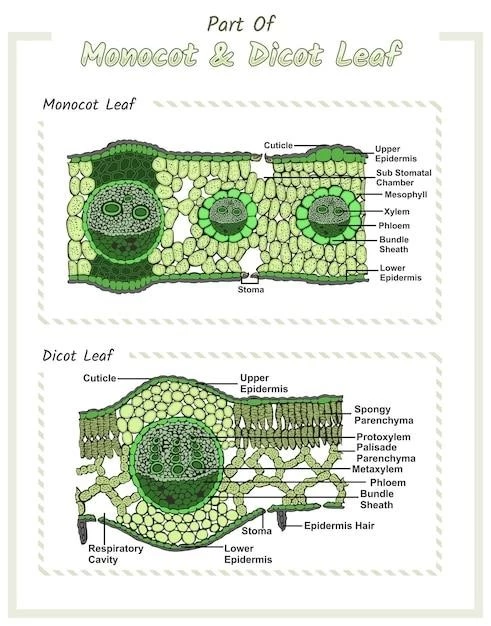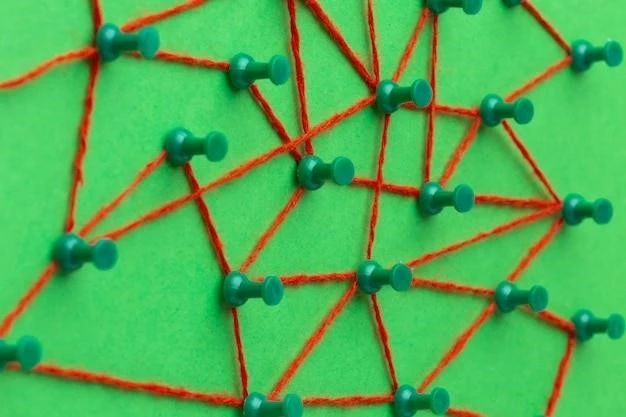Polysyndactyly type Haas is characterized by complete syndactyly of all fingers with polydactyly‚ resulting in a cup-shaped appearance of the hand․
Definition and Characteristics
Polysyndactyly type Haas is a rare congenital anomaly characterized by complete syndactyly of all fingers along with polydactyly‚ resulting in a unique hand appearance․ The condition typically involves six metacarpals and six digits with fusion of phalanges‚ sometimes forming a conglomerate mass of bones․ It can be associated with abnormalities in the ZRS region‚ impacting limb development․ Different variants of syndactyly have been reported‚ with Haas type polysyndactyly presenting as a distinctive form within this spectrum of limb malformations․
Genetic Aspects of Polysyndactyly type Haas
Polysyndactyly type Haas is known for being associated with complete cutaneous fusion of all fingers and polydactyly‚ typically involving six digits and metacarpals․
Inheritance Pattern
Polysyndactyly type Haas exhibits an autosomal dominant pattern of inheritance‚ with complete cutaneous syndactyly of all fingers and polydactyly being the key features․
Syndromes Associated with Syndactyly
Polysyndactyly type Haas may also present as a syndromic form of limb malformation‚ distinct from isolated syndactyly‚ and could be associated with other genetic syndromes like triphalangeal thumb-polysyndactyly syndrome or Laurin-Sandrow syndrome․
Clinical Presentation and Diagnosis
Clinically‚ Polysyndactyly type Haas is characterized by complete syndactyly of all fingers along with polydactyly‚ resulting in a cup-shaped appearance of the hand․ Diagnosis involves physical examination and possibly imaging studies to assess the extent of the anomalies present․
Symptoms and Physical Features
Common symptoms of Polysyndactyly type Haas include complete syndactyly of all fingers with polydactyly‚ resulting in a cup-shaped appearance of the hand․ The hand often exhibits a conglomerate mass of bones due to fusion of phalanges and metacarpals‚ imparting a unique visual presentation․
Diagnostic Methods
Diagnosing Polysyndactyly type Haas involves a comprehensive physical examination to assess complete syndactyly of all fingers along with polydactyly․ Imaging studies‚ such as X-rays‚ may be utilized to visualize bone fusion and assess the extent of hand malformations present․

Management and Treatment Approaches
Effective management of Polysyndactyly type Haas typically involves surgical interventions to address the complete syndactyly of all fingers along with polydactyly․ The surgical approach aims to improve hand function and enhance the aesthetic appearance of the affected hand․
Surgical Interventions
Surgical interventions are the primary approach in managing Polysyndactyly type Haas‚ aiming to address the complete syndactyly of all fingers and polydactyly․ The surgical procedures are designed to restore hand function and improve the aesthetic appearance of the affected hand‚ often involving specialized techniques to separate fused digits and correct any additional anomalies present․
Rehabilitation and Follow-up Care
Post-surgical rehabilitation is essential in the management of Polysyndactyly type Haas to optimize hand function and ensure proper healing․ Follow-up care involves monitoring the hand’s recovery‚ assessing functionality‚ and addressing any potential complications that may arise post-surgery․
Research and Advancements in Polysyndactyly type Haas
Recent studies highlight the genetic basis of Polysyndactyly type Haas‚ linking specific mutations to the distinctive features observed in affected individuals․
Recent Studies and Findings
Recent studies have identified specific genetic mutations associated with Polysyndactyly type Haas‚ shedding light on the underlying molecular mechanisms responsible for the unique limb malformations in affected individuals․ These findings contribute to a deeper understanding of the condition and its genetic basis․
Genetic Mutations and Syndactyly
Genetic investigations have revealed that specific mutations in the ZRS region can lead to Polysyndactyly type Haas‚ highlighting the role of molecular disruptions in the development of syndactyly․ Understanding these genetic mutations is crucial for diagnosing and managing this condition effectively․

Impact on Quality of Life and Prognosis
The quality of life for individuals with Polysyndactyly type Haas can be significantly affected by the hand malformations․ Early diagnosis and appropriate management can lead to improved hand function and aesthetics‚ positively influencing the prognosis and overall well-being․
Quality of Life Considerations
Quality of life considerations for individuals with Polysyndactyly type Haas involve addressing the impact of hand malformations on daily activities‚ social interactions‚ and psychological well-being․ Supportive care‚ proper management‚ and early interventions play crucial roles in improving the overall quality of life for affected individuals․
